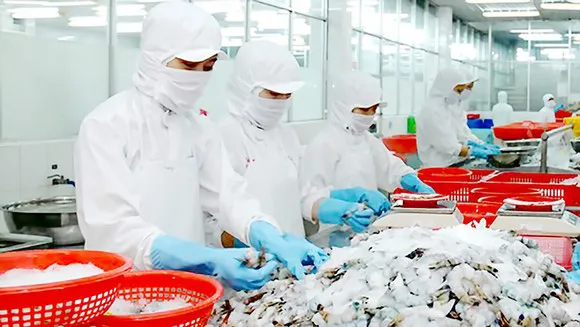Positive export figures after two months of EVFTA being in effect

Deputy Minister of Industry and Trade Tran Quoc Khanh made the remark at a conference on the evaluation of the implementation of the rules of origin in the EVFTA that was held in Ho Chi Minh City on October 17.
According to Khanh, seafood is one of the commodities that was able to take advantage of tariff incentives right after the agreement came into effect.
Vietnamese seafood exports to the EU and UK reached US$263 million in August and September, up 17.1% over the same period last year.
Some items witnessed increases in export turnover from the beginning of September. Thanks to the use of tariff quotas under EVFTA, Vietnamese rice export in September reached US$1.74 million, up 168% month-on-month.
Footwear exports, though strongly affected by the demand drop due to the COVID-19 pandemic, also increased slightly in September, recording a figure of US$307.07 million, up 3.5% from the previous month.
In addition, nearly 15,000 sets of EUR.1 certificates of origin (C/O) were granted to Vietnamese products, worth a total of US$700 million, allowing them to export to 28 EU countries.
The items granted with EUR.1 C/Os are mainly related to footwear, seafood, plastic products, coffee, textiles, bags, suitcases, vegetables, rattan and bamboo products, agricultural products and electronic products, amongst others.
Deputy Minister of Industry and Trade said that, based on the results of export growth, Vietnam has made good use of tariff preferences in FTAs signed to expand export markets, particularly the EVFTA.
However, the access to the EU market still faces difficulties despite high tax incentives. Thus, Vietnamese enterprises need to meet many other regulations regarding non-tariff barriers, including regulations on the origin of goods, to fully utilise the agreement.





